The Shalebridge Cradle in Thief: Deadly Shadows nearly sent me to the grave
Knowing me, a master thief, knowing you, a haunted building
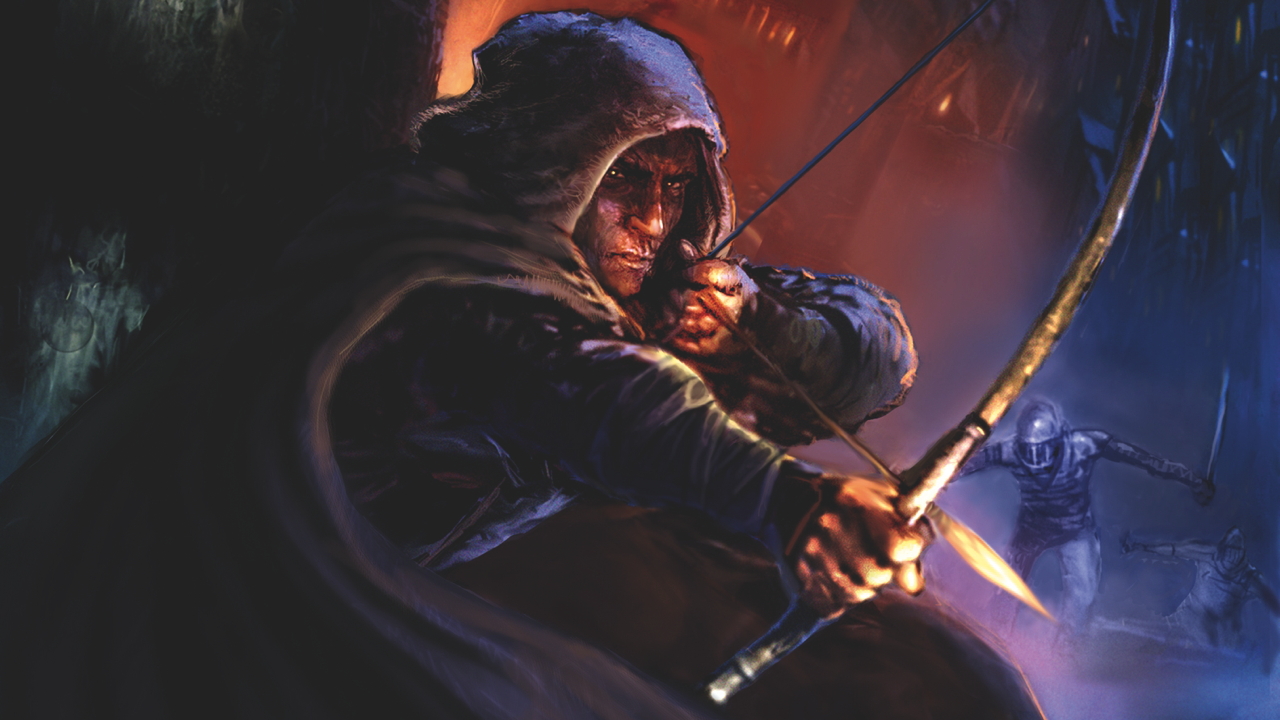
Horror games always struggle to maintain fear beyond a five to ten hour runtime - desperately remixing ideas as battered nerves become numb. The Shalebridge Cradle’s power comes from the fact that it doesn’t belong to a horror game at all. Instead, it’s a level that sits at the centre of Thief: Deadly Shadows, a well-reviewed stealth sequel from the early ‘00s.
Don’t get me wrong, Thief can get the heart pumping. It has an atmosphere you can slice with a lockpicking dagger, and holds a constant bass note of tension. But like any good stealth game, it gives you control - to plan, hoodwink, and puppeteer the hapless guards stationed around its unnamed city.
The Cradle takes that control away. It begins with whispers - nursery rhymes and scribbled notes about a burned down estate that had once been an orphanage, or perhaps an asylum. By the middle of Thief’s campaign, the talk gets louder, taking over the main plot. As you play through Deadly Shadows, it becomes apparent you’re in the Cradle’s orbit, and won’t be able to escape its magnetic pull. By the time you’re standing inside its gates, you’re not surprised - just primed with dread.
A thief's end
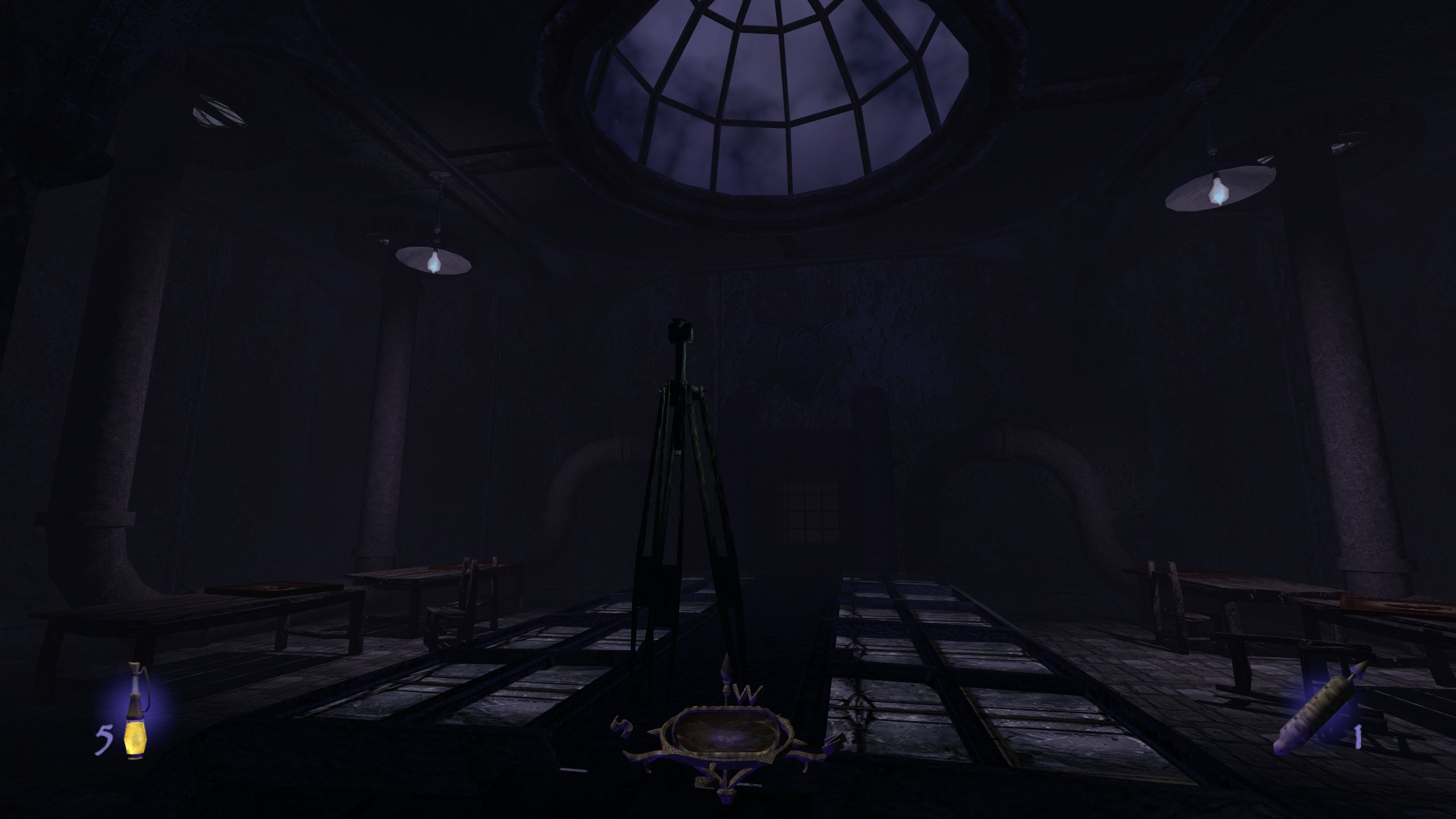
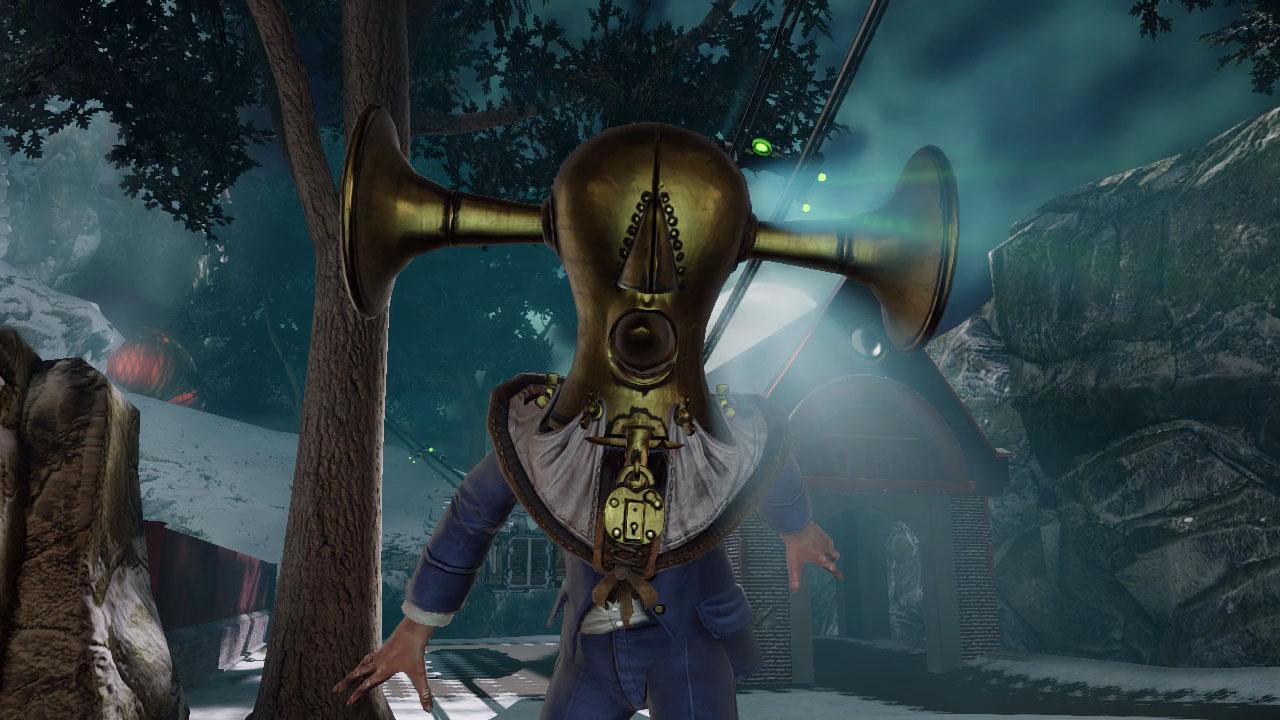
Ravenholm, Vault 108, and the devilish brilliance of horror sequences in non-horror video games
Games are built on rules; it’s when they’re thrown out that you’re left adrift and uneasy. One of Thief’s tenets is that every sound has a source: its world is a simulation, and so each footstep and cleared throat should be heeded. No sooner have you entered the Cradle’s lobby, however, than you hear an urgent thumping from the attic. Somebody is pounding the door from within - but once you scale the winding staircase, you find the room unlocked, and empty. It’s an early sign that the ground has been swept from beneath you.
Your first task, and instinct, is to turn on the generator and cast some light on this grey-black gloom. You soon regret it: the walls scream with scraping metal and clanging thunder as the building wrenches itself back to life. It’s clear you’ve woken something you shouldn’t have. Light, of course, is a thief’s enemy. And while elsewhere in the City you can douse torches with water arrows, all of the Cradle’s lamps are ensconced in glass, leaving you uncomfortably exposed.
The Cradle leans into horror clichés - a haunted house, a creepy child, our fear of what happens when the brain’s black box goes wrong. The flickering of the lamps alerts you to the presence of nearby zombies - bandaged head to toe and still twitching from electroshock therapy, decades after death.
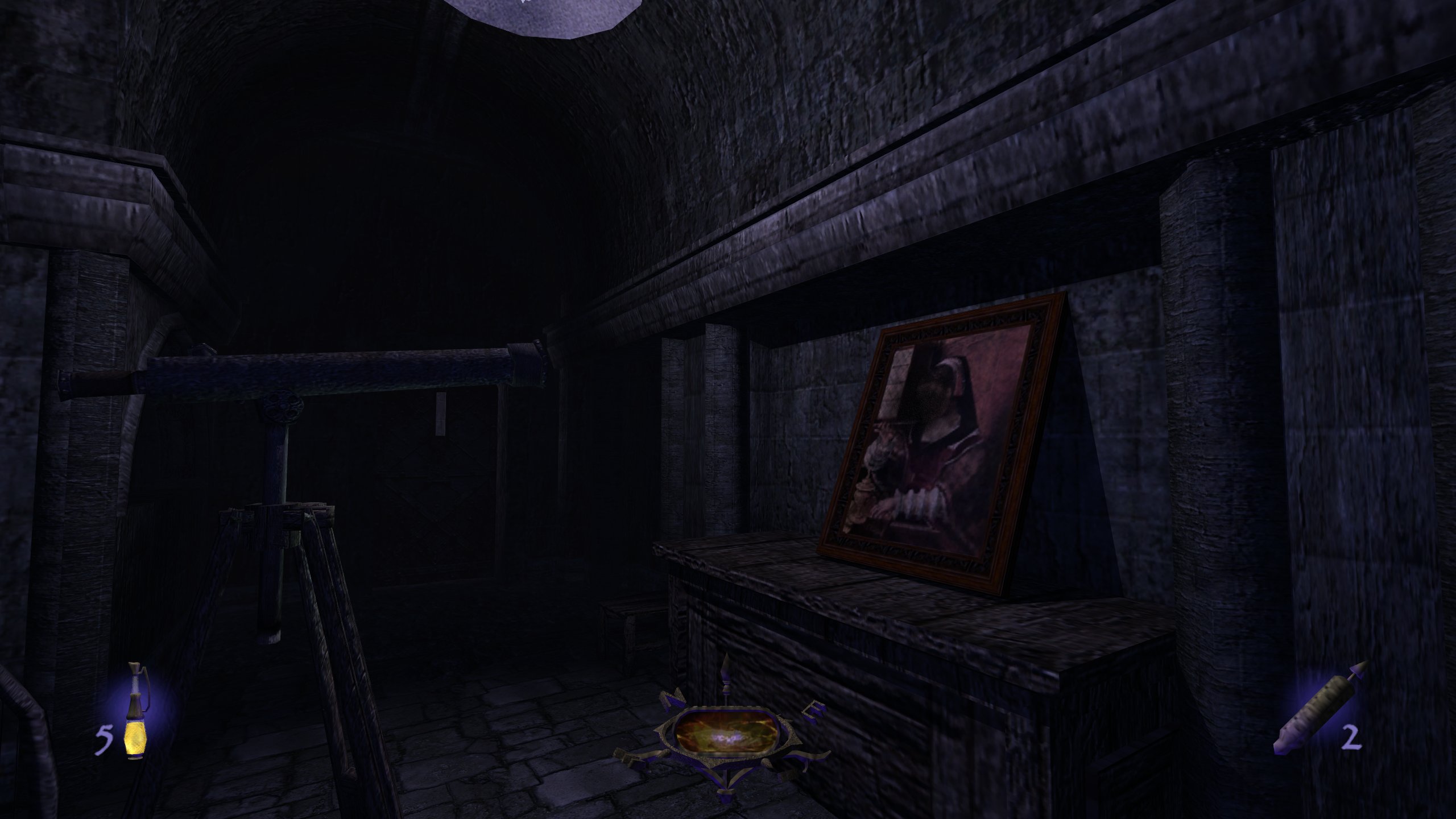
But despite the presence of the supernatural, the Cradle forces you to engage with its human stories. In order to rifle through the building’s past, you have to take on the guise of a patient - and to do that, you have to act out their routine.
Sign up to the GamesRadar+ Newsletter
Weekly digests, tales from the communities you love, and more
Take the matches of an arsonist from her cell to the lounge fireplace she was allowed to light as a reward for good behaviour; carry the urn of Mama Topper’s stillborn child to the exercise yard where she would cradle it once a week.
It’s by remembering its victims that the Cradle keeps hold of them - and before long that includes you, too. The quintessential image comes when you take the elevator to the high security wing’s solitary cell - and discover there’s no button to take you back down again.
A mannequin hangs from the ceiling, and from your new perspective, it appears trapped within the elevator’s metal birdcage. Ultimately, the only way to get the Cradle to forget you is to fake your death, jumping from the window of its highest tower.
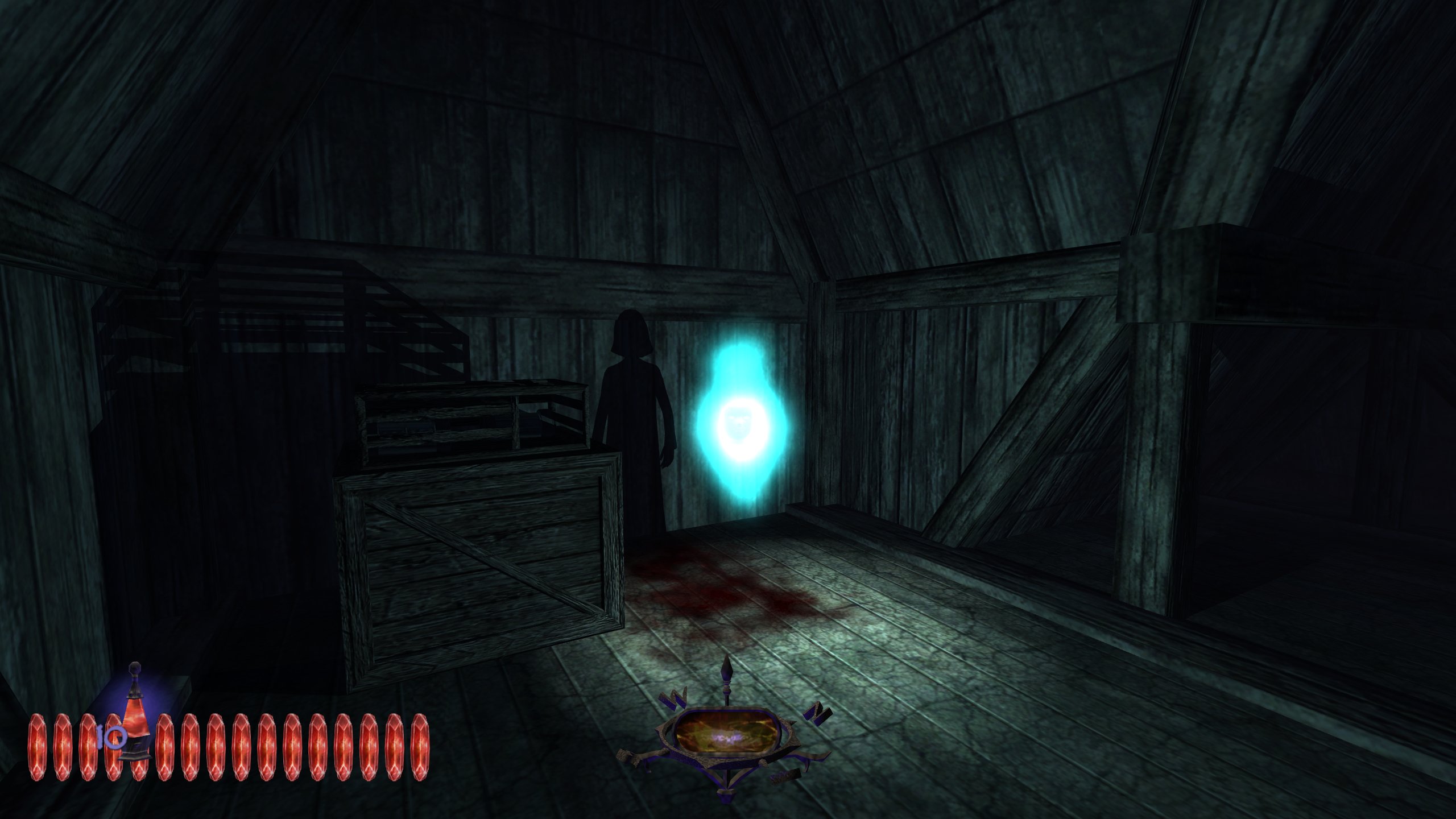
"It’s by remembering its victims that the Cradle keeps hold of them - and before long that includes you, too."
When I first entered the Cradle in 2004, I begged my younger brother to take over the controls and walk Garrett into the morgue, unable to bring myself to hold W. On my second attempt, now doubled in age, I braved the restless dead and broke into every cell I could to learn their stories.
By knowing every corner of the building, I hoped I could take back some of the power the Cradle had gained through knowing me. And I did feel better. A bit.
For more, check out all the biggest upcoming games of 2020 on the way, or watch one of our latest episodes of Dialogue Options below.
Jeremy is a freelance editor and writer with a decade’s experience across publications like GamesRadar, Rock Paper Shotgun, PC Gamer and Edge. He specialises in features and interviews, and gets a special kick out of meeting the word count exactly. He missed the golden age of magazines, so is making up for lost time while maintaining a healthy modern guilt over the paper waste. Jeremy was once told off by the director of Dishonored 2 for not having played Dishonored 2, an error he has since corrected.



